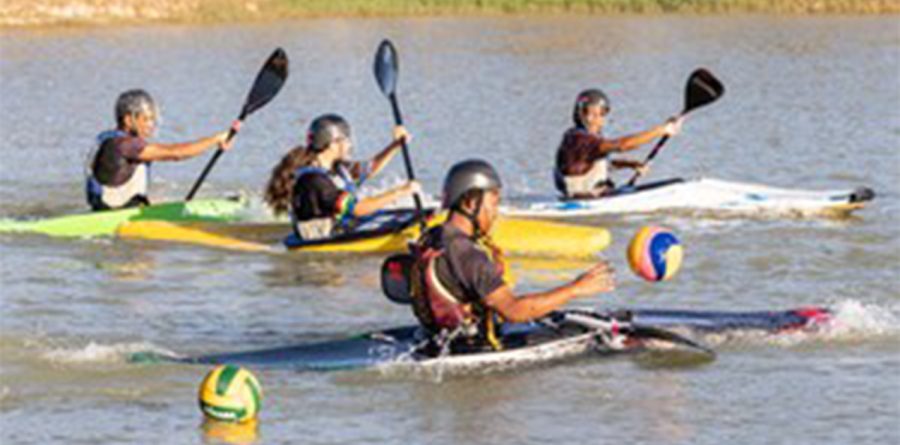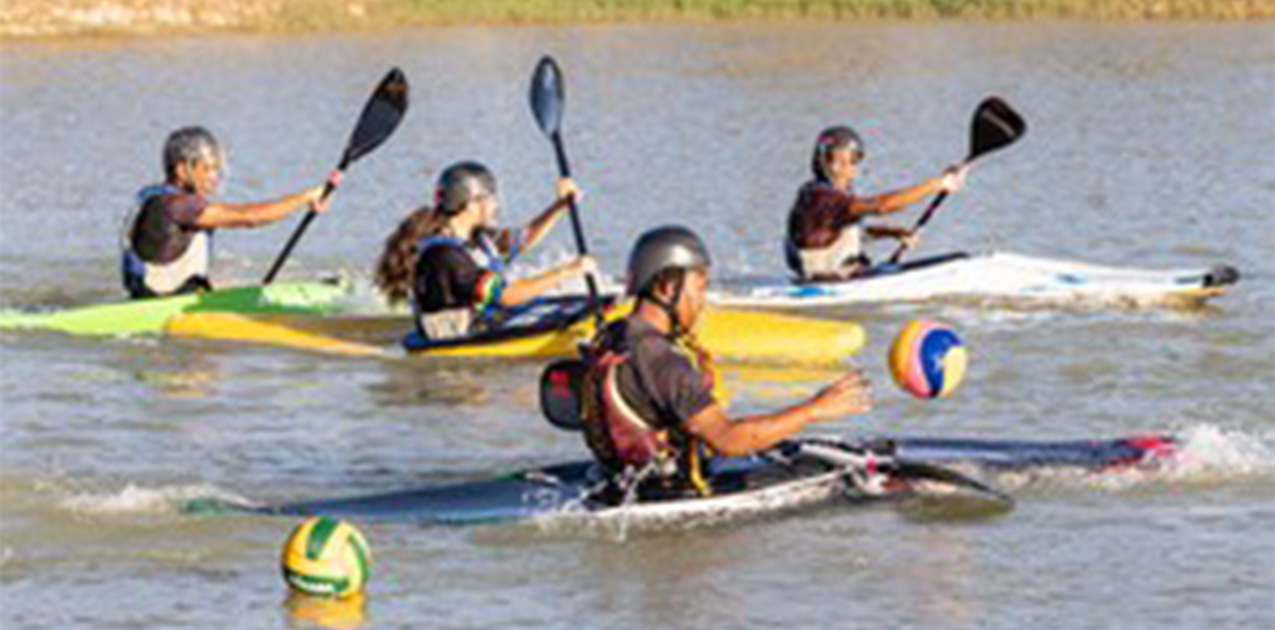
Watch: Stellenbosch farm children paddle to success playing canoe polo
Three times a week, children living on farms in Stellenbosch gather at a small dam on Polkadraai road to play canoe polo, also known as kayak polo. This unique sport is water polo, played on kayaks. “Playing canoe polo helps me relax, to get rid of my stress,” says Camurin Abrahams, one of the team’s […]

Three times a week, children living on farms in Stellenbosch gather at a small dam on Polkadraai road to play canoe polo, also known as kayak polo. This unique sport is water polo, played on kayaks.
“Playing canoe polo helps me relax, to get rid of my stress,” says Camurin Abrahams, one of the team’s strongest players.
Abrahams is the highest-ranking under-18 player in the Western Cape and one of four players in the Stellenbosch team who will be representing South Africa at the Junior International Championships in Ireland this July. Others chosen for this opportunity are Dale Pretorius, Romano Lackay, and Keeshia Lackay.
It will be the first time they travel outside of South Africa.
Kayak polo is well-known internationally but relatively new in South Africa, says coach Susan Fietz. The Stellenbosch team aims to increase access to sporting activities for children living on farms in the area.
The team relies on funding from Canoeing South Africa and private donors. At the moment they still use make-shift goalposts for practices.
Because South Africa only has one category for children under-18, the teams are made up of children of different ages, ranging between 8 years old and 18.
Fietz says that the sport plays an important developmental role in the lives of the children. They learn leadership skills and teamwork as well as water safety.
In a typical match, teams of five players compete to score goals. The goalposts are suspended two metres above the water. Players can throw the ball by hand, or use their paddles to pass between the players and shoot goals.
One of the most technical moves is a “roll”, in which a player is pushed over by another player, with the ball in hand, and pops back up on the other side.
Published originally on GroundUp | By Daniel Steyn and Ashraf Hendricks
